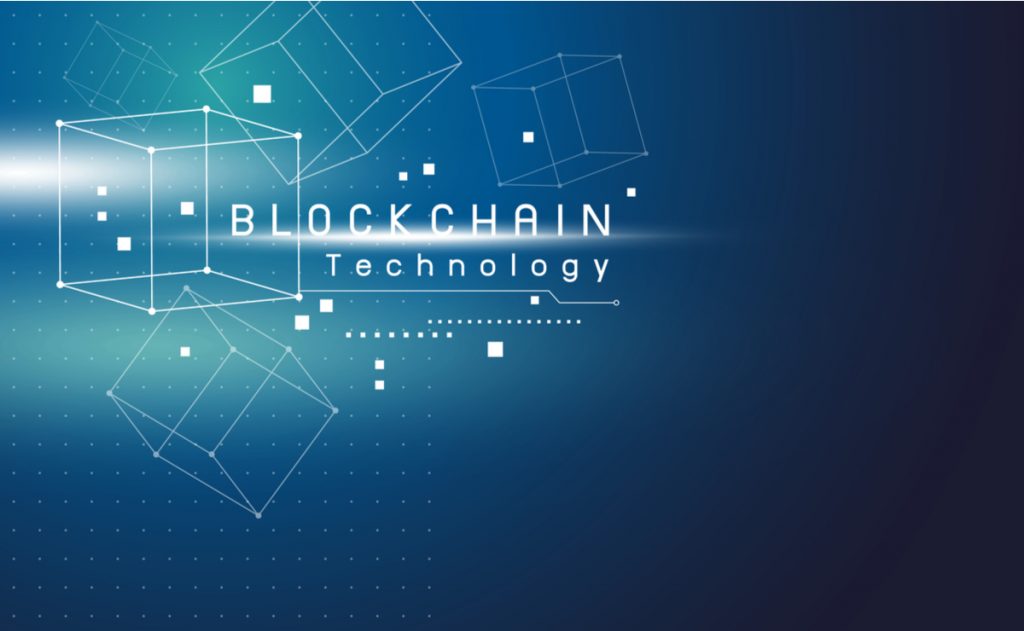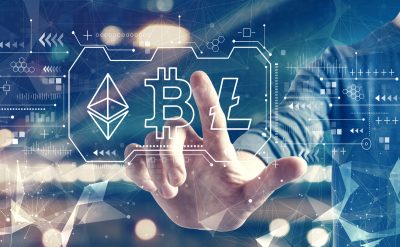Highlights:
- Sei is a top-level, or Layer 1 blockchain, created to facilitate massive-scale digital asset trading.
- Before the mainnet launch, more than 120 developer teams had already deployed projects on Sei.
According to a press release, Sei Labs, a Sei blockchain contributor focusing on trading, announced recently that it has raised USD 30 million across two strategic funding rounds.
Sei is a top-level, or Layer 1 blockchain, created to support massive-scale trading of digital assets. With the largest blockchains on the market, it contends to be the biggest blockchain in the sector. It supports decentralized exchanges, markets, and financial applications by offering quick transactions, high security, and simple interoperability.
Jump, Multicoin, Flow Traders, Distributed Global, Asymmetric, Hypersphere, and Bixin Ventures were some of the investors in the rounds. According to the company, the funding raised the company’s valuation to USD 800 million.
In order to allow developers to create applications before it is made available on a mainnet, the Sei blockchain is currently in a testnet phase, which is comparable to being in beta. Sei supports 500 milliseconds for each transaction and 20,000 orders per second. The business claimed that since the public testnet’s launch on March 13, it has supported over 3.6 million testnet users and processed over 35 million transactions.
In contrast, Ethereum, the second largest blockchain in terms of market capitalization and the ecosystem that developers have chosen to create decentralized financial apps, can only process 20 transactions per second and complete majority of transactions in 2.5 seconds. Solana, a blockchain that processes nonfungible tokens much more quickly and supports 10,000 transactions per second with an equivalent 2.5-second transaction time, can be used.
Jayendra Jog, Co-founder of Sei Labs, said, “Infrastructure and applications historically come in cycles — Ethereum and the last generation of public blockchains led to a Cambrian explosion of new decentralized apps over the past two years. Among those apps, exchanges, and trading have achieved the clearest product-market fit but are held back by outdated Layer 1 blockchains. Our mission at Sei is to build the best Infrastructure for trading.”
Blockchains like Ethereum experience bottlenecks that slow throughput and result in high fees for trading on the network, despite going through upgrades like the Merge to reduce energy use. Ethereum can be scaled up, its speeds increased, and its fees decreased using a second layer of blockchains. Sei aims to create a top-level blockchain that can scale while still enabling high-speed trading without any bottlenecks.
Before the mainnet launch, more than 120 developer teams had already deployed projects on Sei. Some of these are decentralized asset management, games, asset management, nonfungible tokens, marketplaces, and wallets.
Jog said, “This funding will accelerate our efforts to unlock the next cycle of new applications in Web3, enabling developers to build apps that are orders of magnitude more performant than before.”












